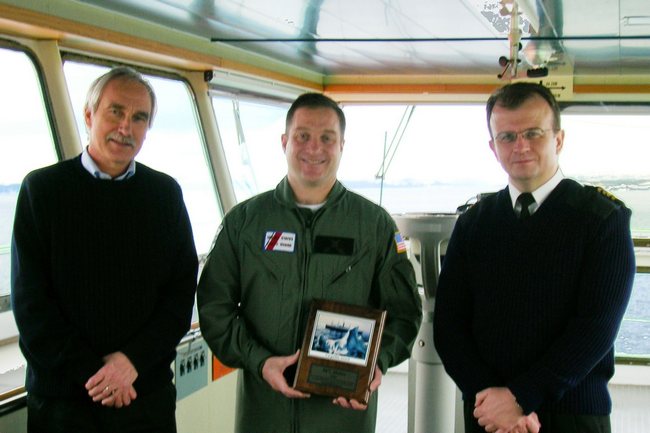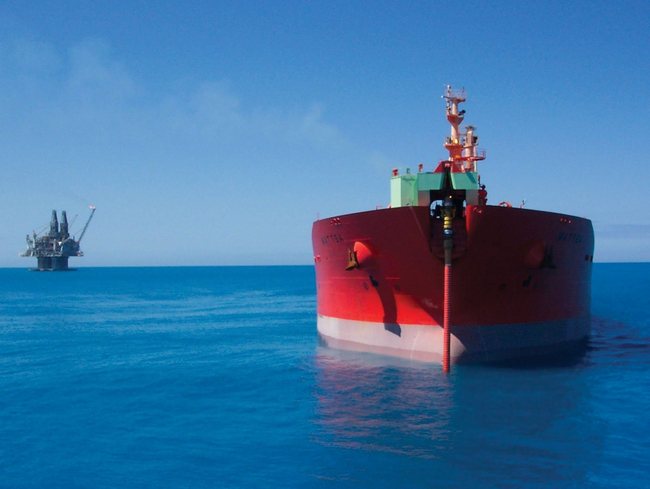The Titanic, the Carpathia, and the Ice Patrol
LT William Woityra, Ice Information Officer, United States Coast Guard, International Ice PatrolIn the early morning hours of April 15th, 1912, the British Steamer Carpathia responded to the distress calls of the HMS Titanic, which was rapidly taking on water after striking an iceberg in the North Atlantic. At 1:45 AM, while still miles away, the Carpathia received the Titanic’s final radio call “Engine room flooded up the boiler...” followed by silence. The Titanic would succumb to the icy waters some 35 minutes later. The Carpathia’s normal top speed was 14 knots, although on that fateful night the crew had worked the speed up over 17.5 knots due to the urgency of Titanic’s calls. Carpathia’s crew sighted green flares ahead at 2:30, and arrived on scene at 3:35, but the great ship was nowhere to be seen. At just past 4:00 AM, the Carpathia’s crewmen located and brought aboard the first survivors. Dawn’s light would reveal a rag-tag collection of lifeboats strewn amid the field of ice. By midmorning all survivors were drawn from the icy waters and given shelter aboard Carpathia. By final tally, only 705 of the Titanic’s original 2,227 crew and passengers made it aboard the rescue ship alive.
After searching widely (and in vain) for the remainder of the morning, the Carpathia was still on scene hours later when the Californian arrived. Captain Rostron of the Carpathia made one final circle and turned east to deliver the survivors to New York, leaving the Californian to recover the remaining wreckage.

Four days prior, the Carpathia had departed New York, enroute Liverpool, on what they surely thought would be an uneventful voyage. Now, with some 700 additional passengers, they were turned and bound for New York, again. Carefully navigating the ice field, and fog that obstructed their path they would arrive in New York some three days later, arriving at 9:30 AM at Pier 54. More than 10,000 had gathered to watch in sorrow and shock as the Carpathia docked that morning in the heavy rain and thunder. The mood was mixed, as those present were torn whether to mourn those who did not return or to rejoice for those who had.
Since 1913, the US Coast Guard has monitored the iceberg danger on the Grand Banks of Newfoundland and notified mariners of the hazardous bergs that would otherwise interfere with safe navigation. The International Ice Patrol, a Coast Guard unit stationed in Groton, Connecticut, is currently responsible for the mission. Fourteen active duty personnel and two civilians monitor the iceberg danger in the 500-thousand square miles of ocean where icebergs might be found.
The Ice Patrol relies heavily on the support of merchant traffic transiting through the operational area, both for reports of icebergs and sea surface temperatures (SST), to aid in iceberg melt and deterioration predictions. In 2005, the Ice Patrol initiated a program to recognize the ship that made the most contributions through SST or iceberg reports. Named after the Carpathia, which came to the aid of the victims of the Titanic, the Carpathia award is presented annually to the ship that makes the most information reports. In 2005, the M/V Mattea, home ported in Arnold’s Cove Station, Newfoundland was the recipient, with 92 reports of SST and ice.
On January 31st, 2006, CDR Michael Hicks, Commander of the Ice Patrol, visited the Mattea at her home port to present the master and crew with a plaque and letter of appreciation.

On January 31st, 2006, CDR Michael Hicks (center), Commander of the Ice Patrol, visited the Mattea at her home port to present the master and crew with a plaque and letter of appreciation. Receiving the award are Bjorn Bogenes (left), President CanShip Ugland, LTD and Reg Mullett (right), Captain M/T Mattea.
Winners will also be recognized on a permanent plaque at the Ice Patrol offices in Groton. Thank you and congratulations to the Mattea, and thank you to all other mariners who made reports in 2005 and thus far in 2006. We look forward to working with you in the future and hope to see your vessel’s name permanently enshrined on our "wall of fame."

Reference material for the article: Eaton, John P. and Haas, Charles A., Titanic: Triumph and Tragedy, W. W. Norton & Company; April 1995.
